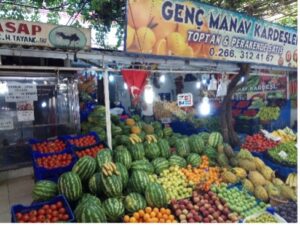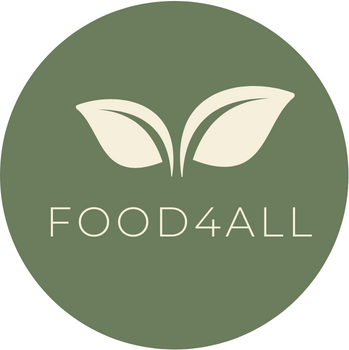Local food is becoming a trend. In the midst of this boom in interest it is meaningful to understand the challenges associated with the local food movement. We will discuss the following challenges.
- Environmental
Difficult to identify fuel efficiency per food item, and production is sometimes more efficient overseas:
- Determining the true cost of transportation
Is there a reduction in carbon dioxide emissions from food produced and distributed in local food systems compared with food from a grocery store that has travelled long distances? The answer is not simple. If people drive far away for local food items then their energy emissions are added to the overall emissions created while transporting the food from the field to a household. Food miles measure how far the food has travelled. Contrary to popular belief, food miles are not a descriptive measurement of the environmental impact of food transportation. Instead, consider the amount of energy per food item. Grocery stores that have large distribution chains are supplied by semitrailer trucks over vast distances. However, they are usually very efficient at transporting large-scale quantities of food. Also, the environmental impact of the total food miles depends on the vehicle used to transport food. Airplanes are inefficient whereas trains and ships are more efficient by using less fuel. The vehicle of transportation varies so it is difficult to track how much transportation fuel is associated with a single food item. Generally local food has few food miles and few transportation emissions. It is likely that non-local food with many food miles has more transportation emissions.
- Local farming is not always the most environmentally sustainable
The environmental impact of a food product depends on how it was grown or raised. One environmental consequence of production is greenhouse gas emissions. In some circumstances local, high-input production may be less sustainable than imports. For example, tomatoes grown in fuel heated greenhouses are high-input in comparison with importing tomatoes that were grown outside in the field with low-inputs and no need for heating. The sustainability of a growing location may change in the future. What if water shortages lead to the installation of irrigation systems? What if greenhouses are heated with renewable energy? The sustainability of production systems will need to constantly be re-evaluated since there is not a simple solution.
2. Social
Replacing local grains production for other foods will limit global supply:
- Shifting production will reduce the global supply of staple foods
Not only do farmers feed their people, they also supply other areas of the world with commodities. Replacing imports with local food production will require more area planted to fruits and vegetables. Rather than clearing new land to put into production, one option is to use land that is currently devoted to production of cereals (grain corn, wheat, and soybeans). As land is diverted from cereals production to fruit or vegetable production, fewer cereals will be exported.
3. Health
A lot of healthy food is only available seasonally and many foods we enjoy are not grown in our countries.
Eating only seasonal food can reduce variety
It would be hard to ask people to eat only turnips and carrots all winter. People like variety in their food choices. Otherwise, by repeatedly eating the same food we become accustomed to the flavors and textures, then the pleasure of eating it decreases. By welcoming the food choices that are imported to your country during the off-season, meals are diverse and people enjoy eating. North Macedonia imports more bananas than any other fresh fruit. The humble banana is a beloved fruit and a clear source of nutrients and fiber. Bananas are grown in the tropics and the subtropics where they need warm temperatures to thrive. The major production areas include South Africa, Brazil, India, China, Spain, Israel and Australia. Bananas are the top fresh fruit import in NRM. The fruit is eaten fresh as a snack or it is added to smoothies and desserts. In particular, bananas are useful for special diets that need easily digestible foods such as for babies, the elderly, and people with stomach problems.
4. Economic
Developing countries depend on exports for economic growth.
- Economic Challenges
Rural poor depend on exports to wealthy countries. People in developing countries export their agricultural crops to encourage the economic growth of their own local communities. Millions of rural people who live in extreme poverty are dependent on agricultural income for their livelihoods. These farmers have access to their own local markets where they get some income but they also rely on income from exporting. Food is one of the few products economically disadvantaged countries can sell to the west. If developed countries collectively reduce the demand for imports it is expected to make economic development even more difficult for developing countries. The United Nations Sustainable Development Goals support improving export access for poor rural farmers. They describe that trade distributes money from rich countries to the poor. The new source of income will multiply throughout the community as the income is distributed to the people who provide goods and services to the farmer Employment is, therefore, stimulated in other sectors in poor communities.

Photo 3: Local market
